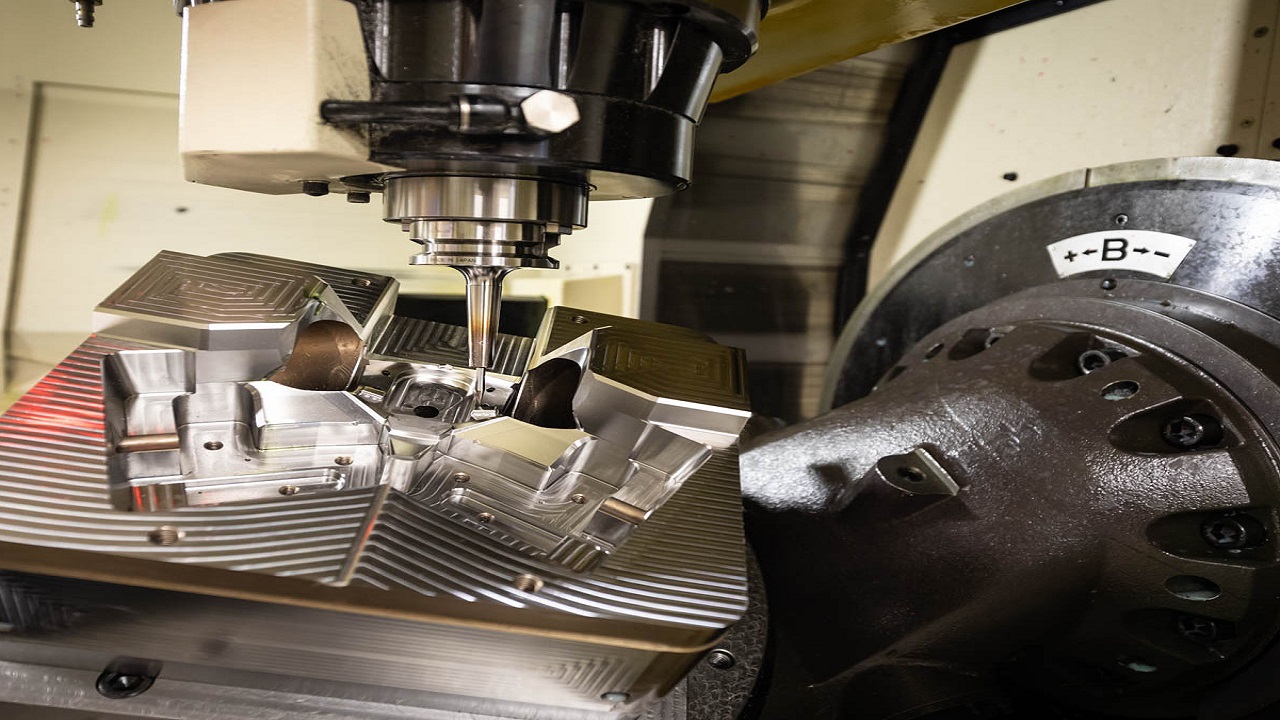Custom forging has been a vital component of manufacturing processes across various industries for a long time. The ability to create tailored components with precision and strength is crucial for achieving desired performance and quality standards. In the world of custom forging, one of the most critical aspects is mold design. The mold used in the forging process plays a pivotal role in determining the final outcome of the product. Simulations have become indispensable tools to ensure efficiency and effectiveness in custom forging and for optimizing custom mold designs.
Understanding Custom Forging and Mold Design
Before delving into the role of simulations, it's essential to grasp the significance of custom forging and mold design. Custom forging is the process of shaping metal materials into specific forms and sizes by applying extreme pressure and heat. This method is favored for its ability to create components with superior strength and durability, making it ideal for applications where precision and reliability are paramount.
At the heart of custom forging lies mold design. The mold is essentially the template that defines the final shape and size of the forged component. It acts as the framework within which the metal material is subjected to intense heat and pressure. The quality and efficiency of the mold design directly impact the quality and consistency of the forged products.
The Role of Simulations
This is where simulations come into play. Advanced computer simulations have revolutionized the custom forging industry by providing a powerful tool for optimizing mold designs. Here's how simulations contribute to the process:
Predictive Analysis
Simulations use mathematical models and algorithms to replicate the forging process digitally. This allows engineers to predict how different mold designs will behave under various conditions, including changes in temperature, pressure, and material properties. By simulating multiple scenarios, designers can gain insights into potential challenges and identify opportunities for improvement before physical prototypes are created.
Optimization
Through simulations, engineers can fine-tune mold designs for maximum efficiency and quality. They can explore different geometries, cooling strategies, and materials to achieve the desired results. This iterative approach allows for continuous improvement and ensures that the final mold design is optimized for its specific application.
Cost Reduction
Simulations can significantly reduce development costs. By eliminating the need for numerous physical prototypes and extensive trial-and-error testing, manufacturers can save both time and resources. This cost-effective approach enables businesses to maintain competitiveness in a rapidly evolving market.
Quality Assurance
Simulations not only help in designing molds but also in ensuring product quality. By simulating the forging process, engineers can identify potential defects, such as cracks or deformations, and take preemptive measures to prevent them. This proactive approach enhances the reliability of the final product.
Conclusion
In the world of custom forging, where precision and performance are non-negotiable, the role of simulations in optimizing mold designs cannot be overstated. These advanced tools empower engineers and designers to create molds that are not only efficient but also capable of producing high-quality components consistently. As technology continues to advance, simulations will likely play an even more significant role in custom forging, driving innovation, and pushing the boundaries of what's possible in the world of precision manufacturing. With the ability to simulate, analyze, and optimize, custom forging can continue to meet the ever-evolving demands of various industries with confidence and excellence.


